Revolutionizing University
Collaboration Through Gamification.
Timeline
Nov 2022 - May 2023
Scope
User Research ✧ UX Design ✧ UI Design ✧ Design thinking
Tools
Figma ✧ FigJam ✧ Notion ✧ Miro
Device
Mobile
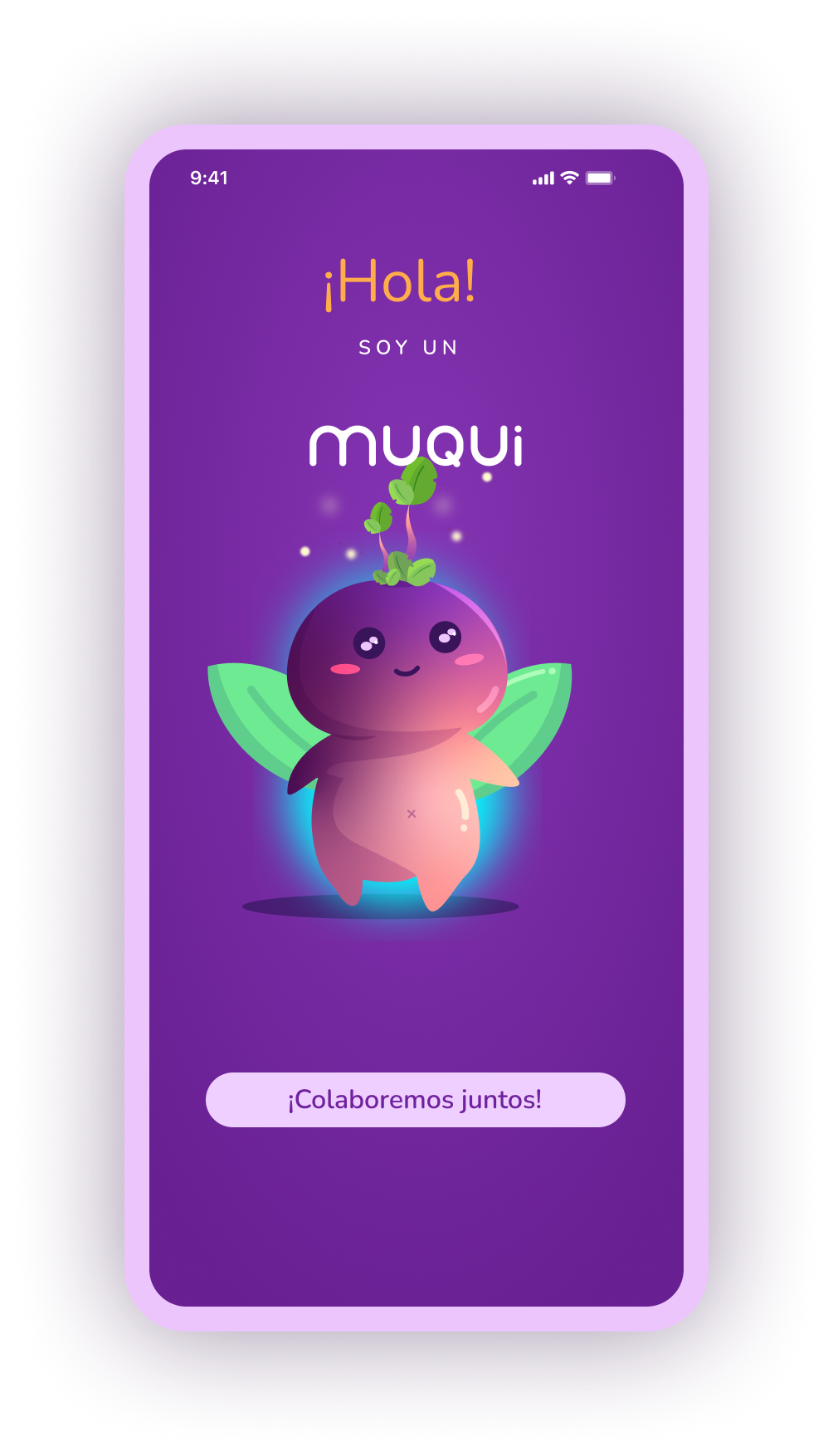
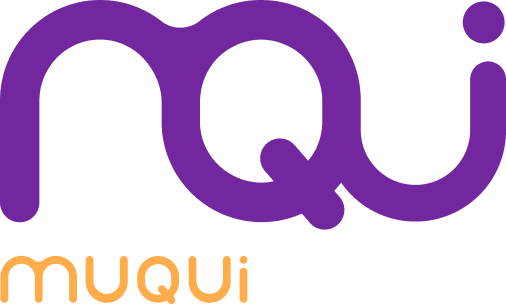
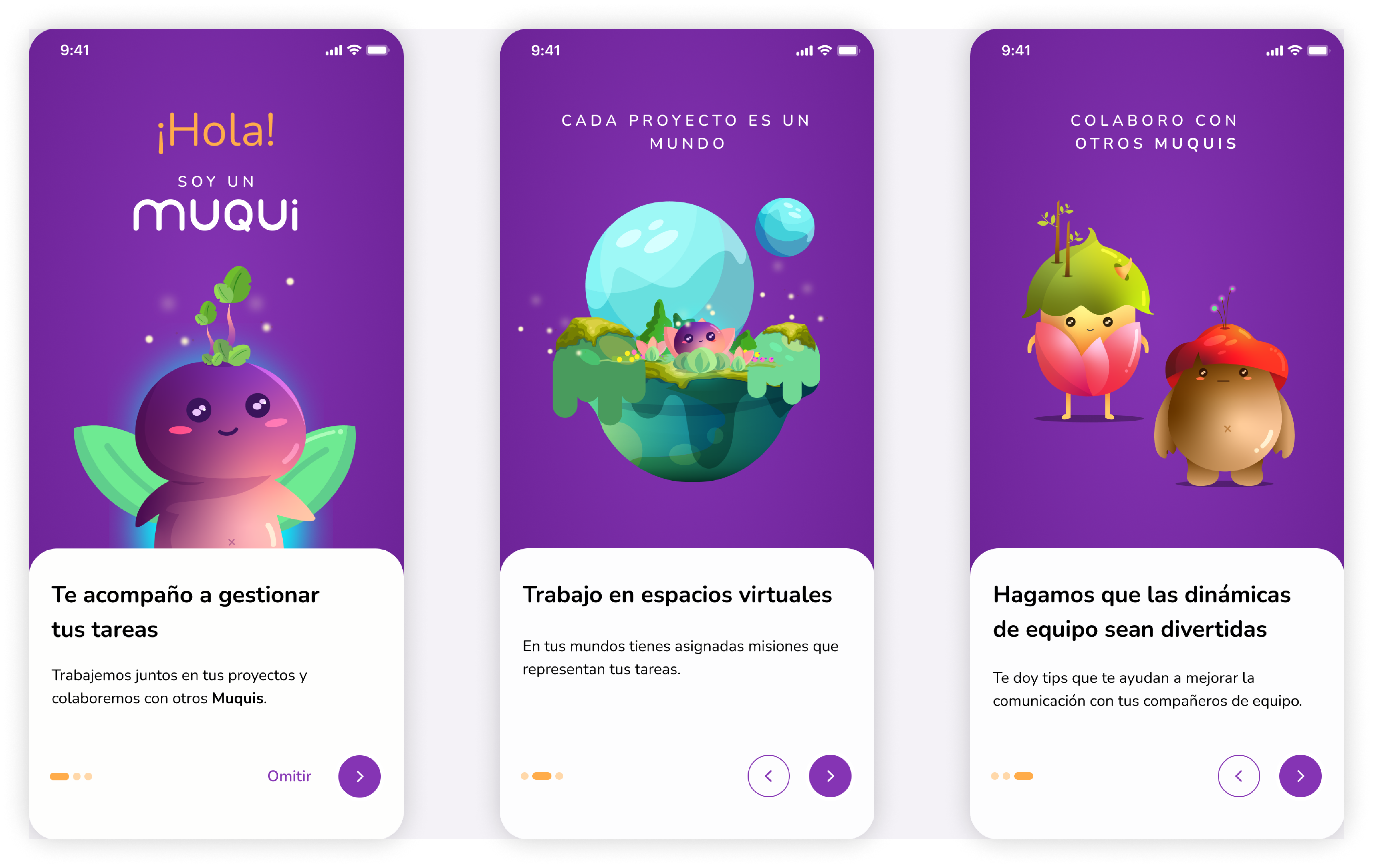
How can we support university students in maintaining good mental health?
Context
The literature on academic stress highlights that social interactions among college students are one of the most important contributors to stress in an academic environment. Access to university involves several periods of transition that may require significant adaptation, cause distress, and affect the mental health and well-being of young people.
Understanding the problem space
To begin addressing the research question, we focused on young students in their first years of university. We conducted interviews with the objective of understanding their context, the experiences they are living through, and the challenges they face in managing their emotions during this period of transition and changes.
What did the students tell us?
We have found a series of patterns and frustrations related to collaborative work. The lack of clear responsibilities, lack of coordination, and ineffective communication are some of the factors that trigger stress in students when facing group work.
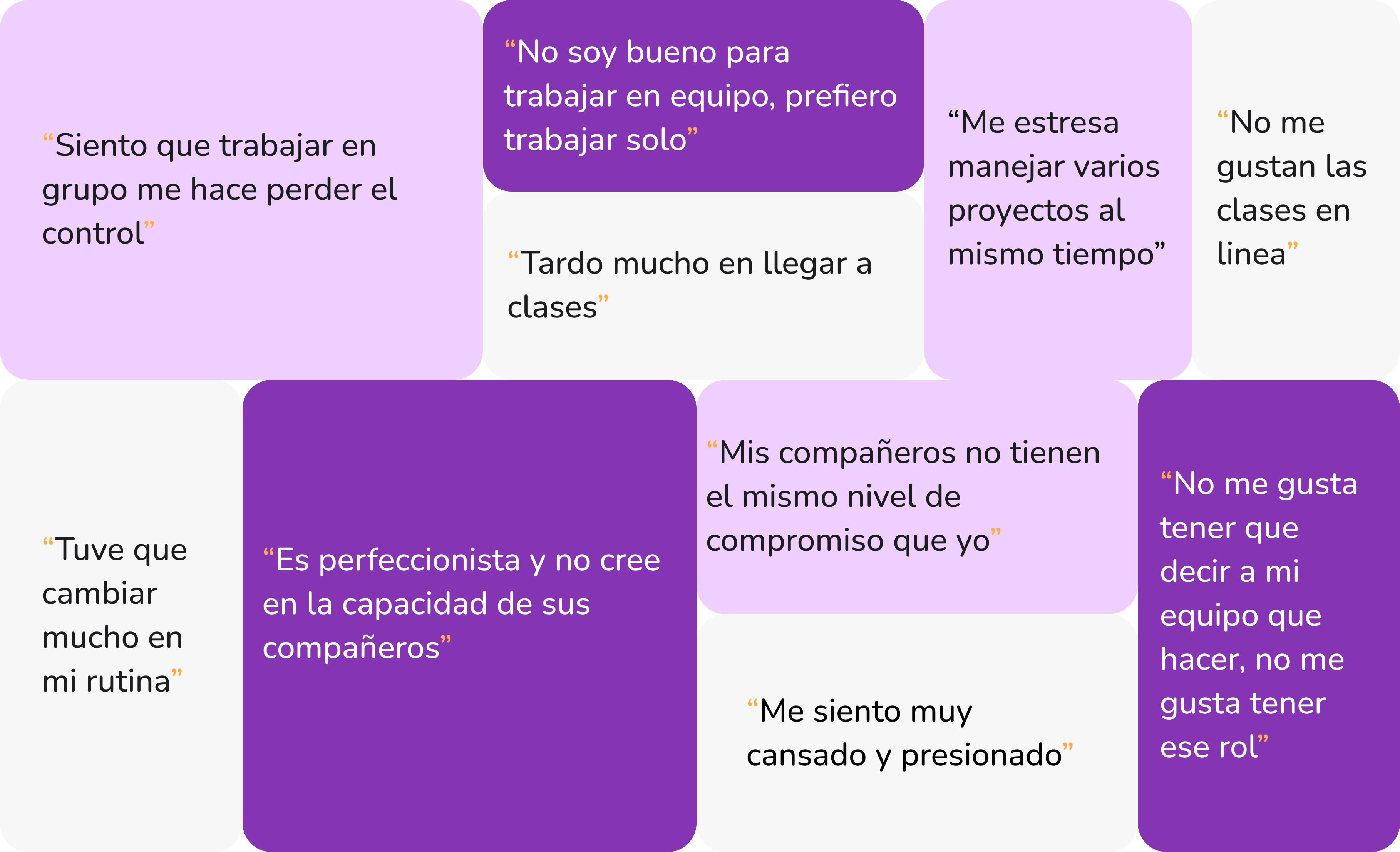
✧ During our interview stage, we noticed that our questions were not adequately addressing the difficulties that students mentioned. Therefore, we decided to adjust some questions and modify others. This change allowed us to much better understand the context and needs of the students we were seeking to help.
Final Insights
When working in teams, students face high levels of stress and anxiety. Students have difficulties managing their collaborative activities, handling their delivery times, and creating a sense of collective responsibility. Students want to achieve quality work, collaborate efficiently and reduce their stress.
The problem
How can we help university students to have better collaborative work?
Our User
Before starting to ideate our solution we created Jose Maria to understand how our audience sees themselves, empathizing with their context, problems, needs and motivations.
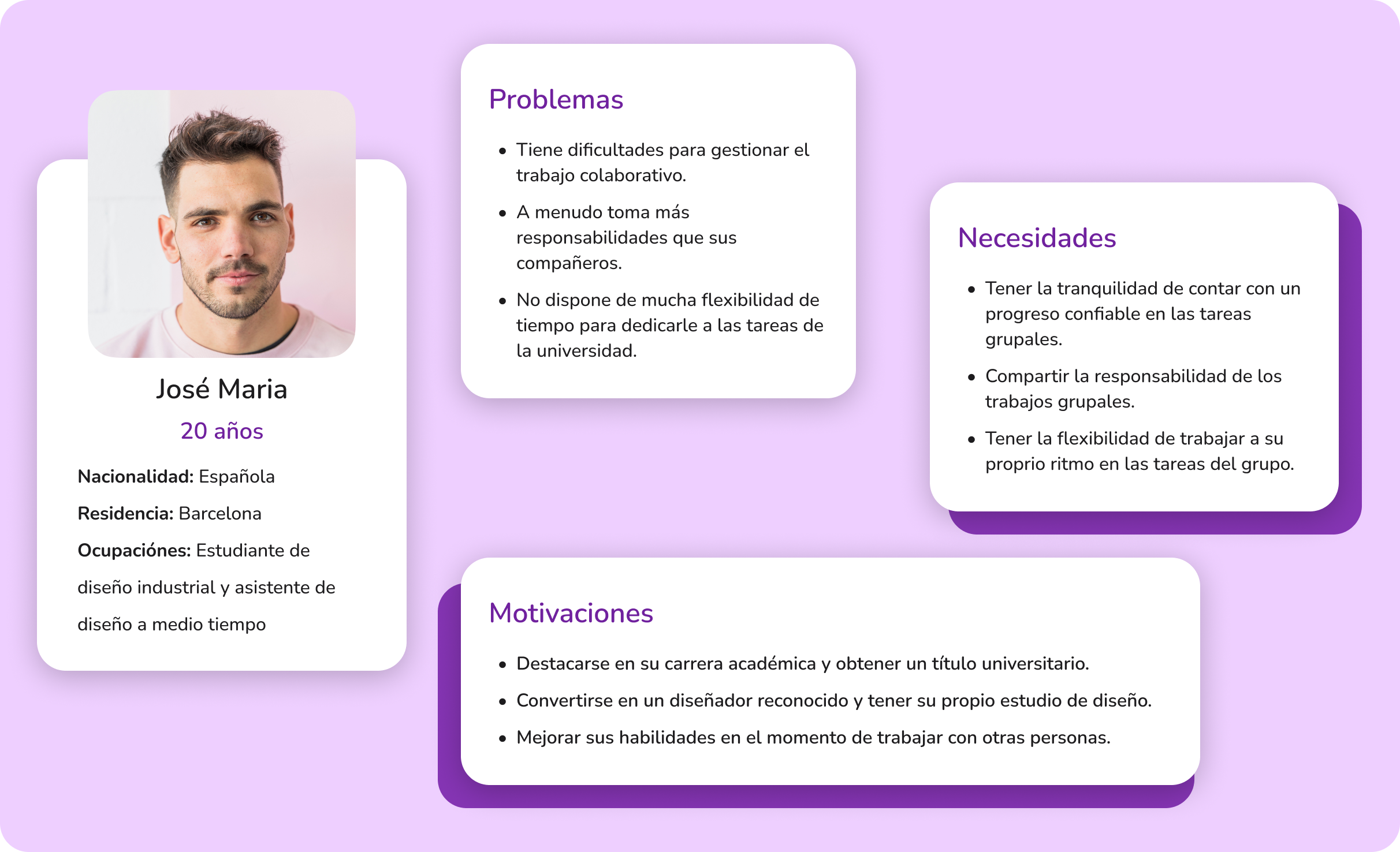
Ideation
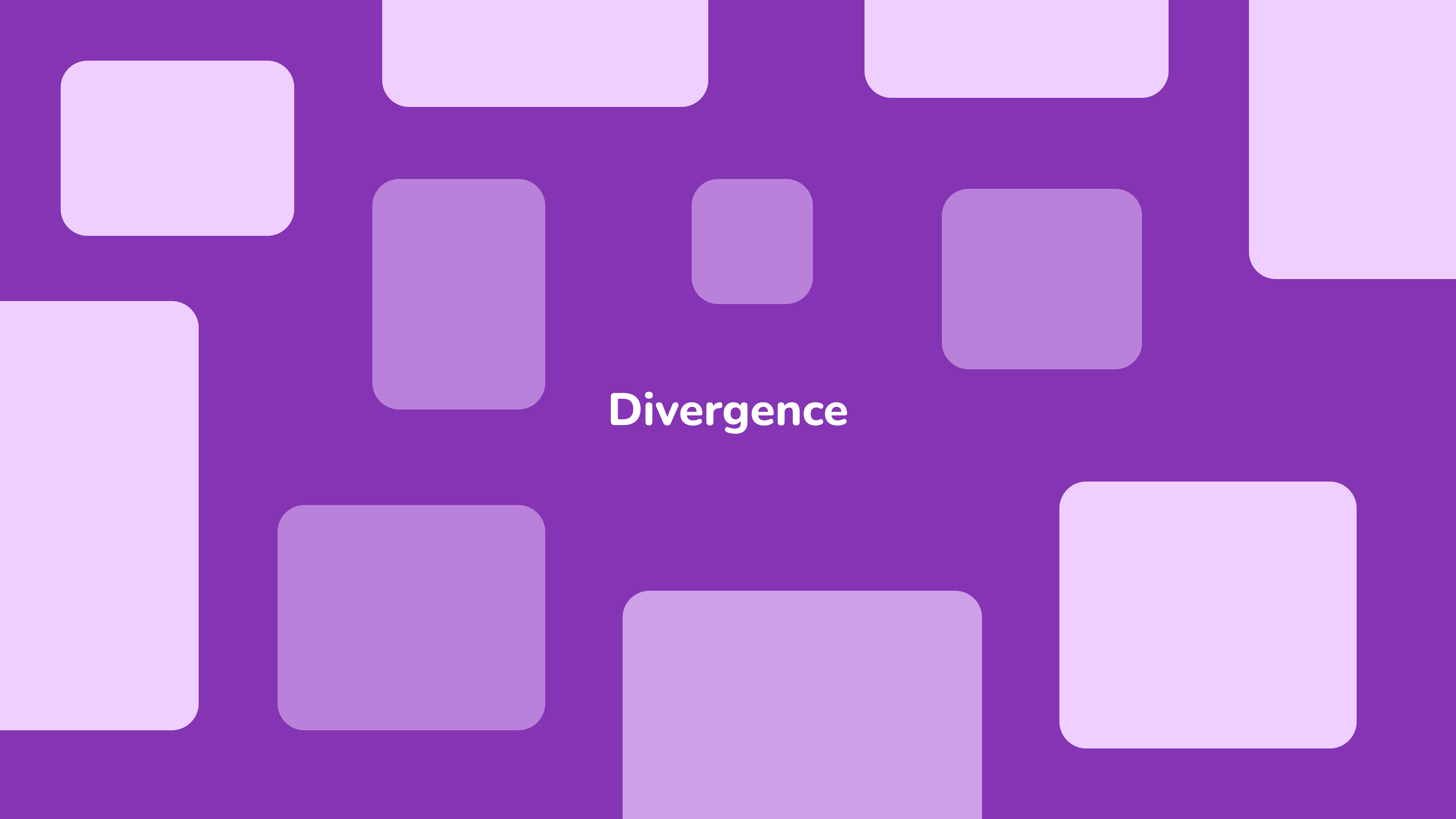
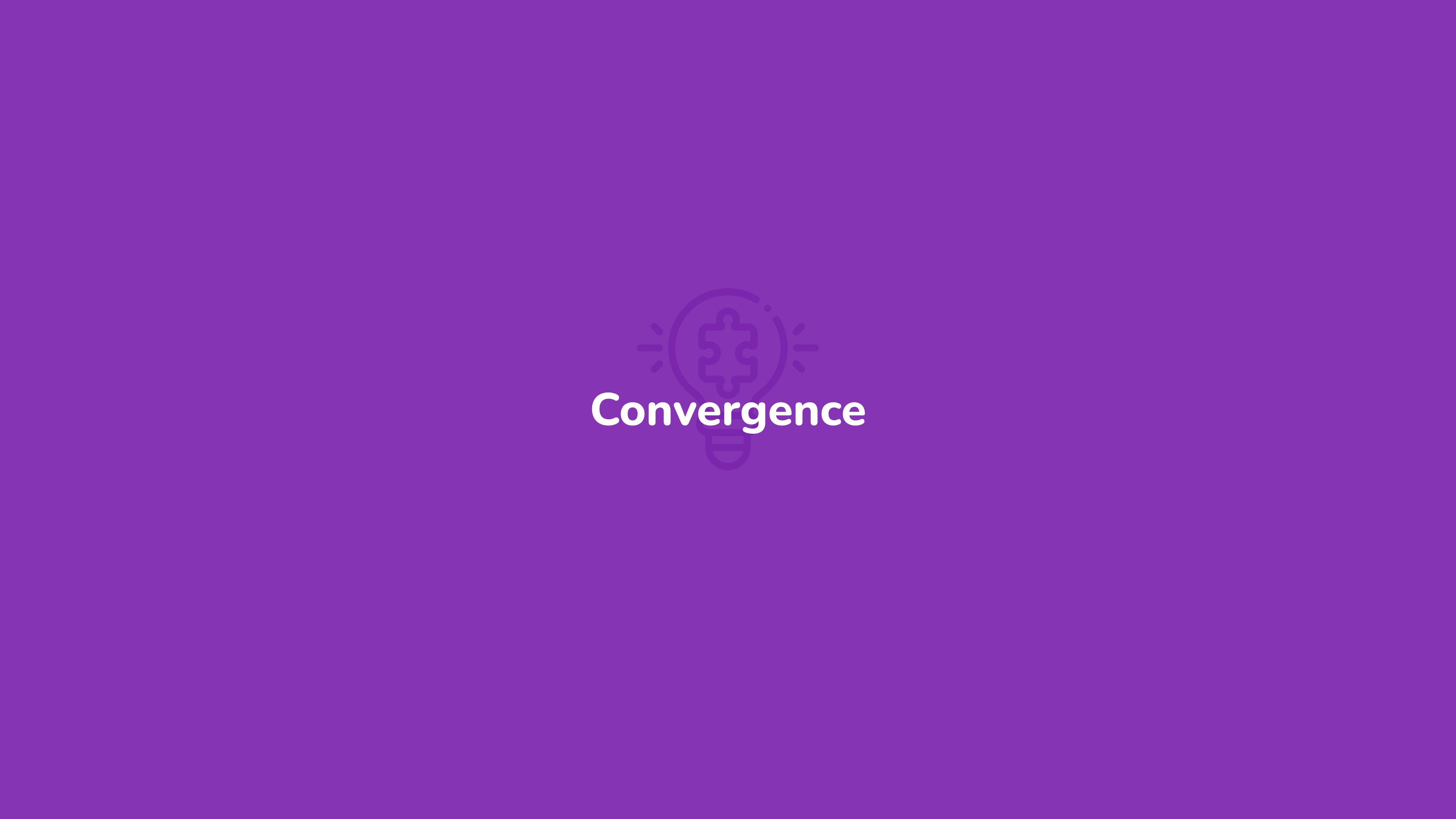
✧ We conducted a divergence exercise for idea generation, and a convergence exercise for decision-making.
✧ With this exercise, we chose the most innovative and feasible ideas and arrived at our initial solution.
Initial Solution
Collaborative management platform that uses a virtual pet to promote teamwork. The team unites efforts to maintain the pet's well-being, which promotes shared responsibility and reduces collaboration-related stress.
With this proposal, our objective was for students to establish a special bond with their virtual pet while benefiting from a task manager designed to alleviate the team's workload. Ensure the virtual pet's well-being through students' commitment to its care.
Validation
In this stage we conducted 3 exercises, asking ourselves is this what students need?
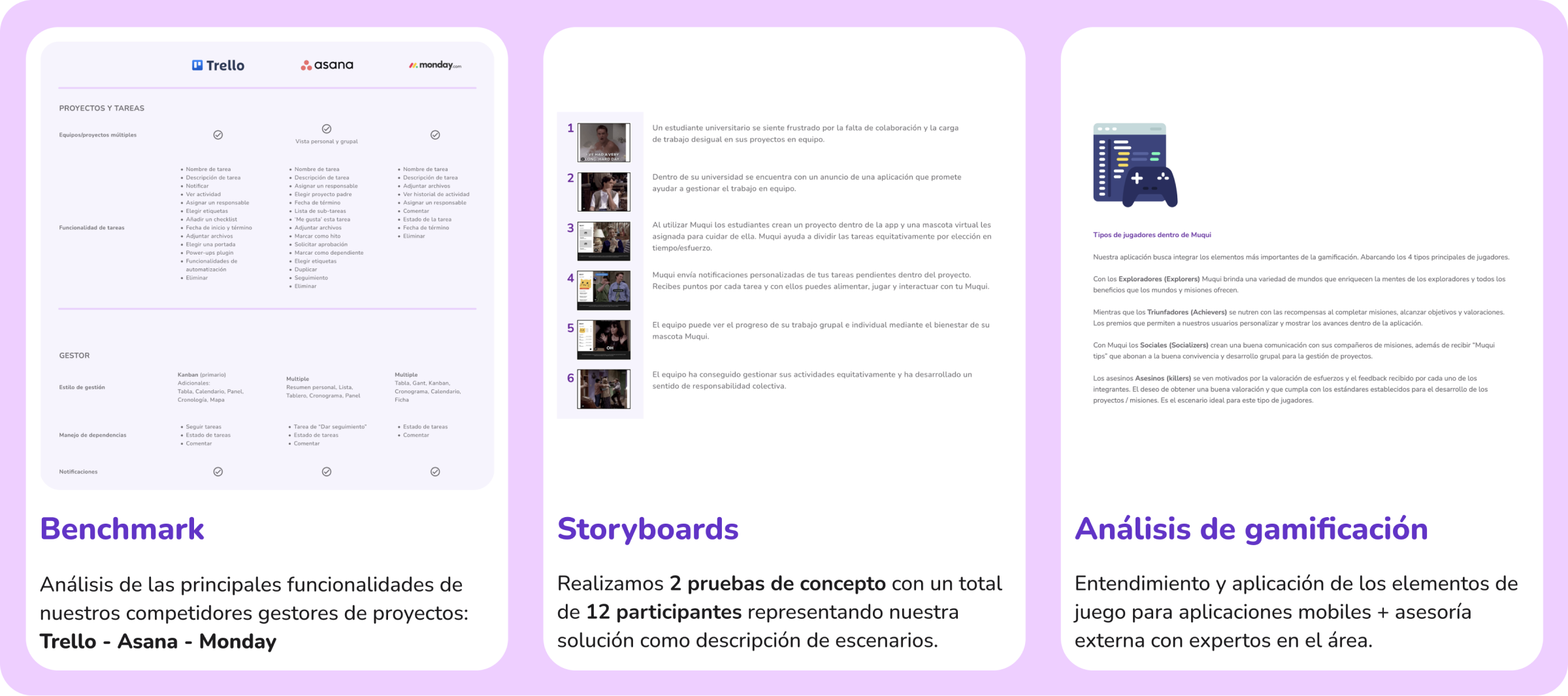
This is how we arrived at our final solution, giving a twist to our primary idea:
Final solution
Muqui is a dynamic and collaborative project management platform that uses virtual pets and worlds to create a fun and friendly experience. This solution aims to promote collective responsibility and reduce the stress associated with collaboration.
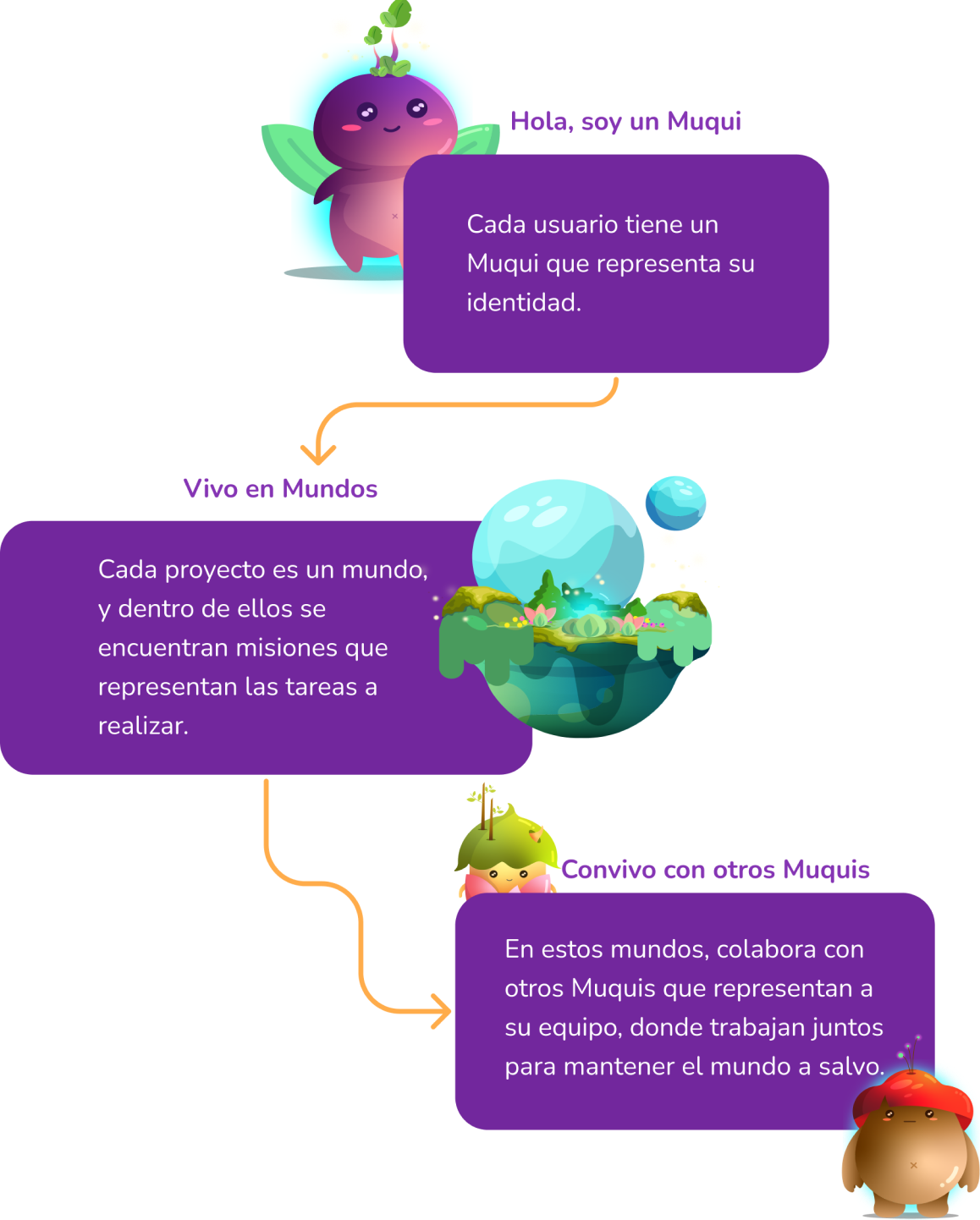
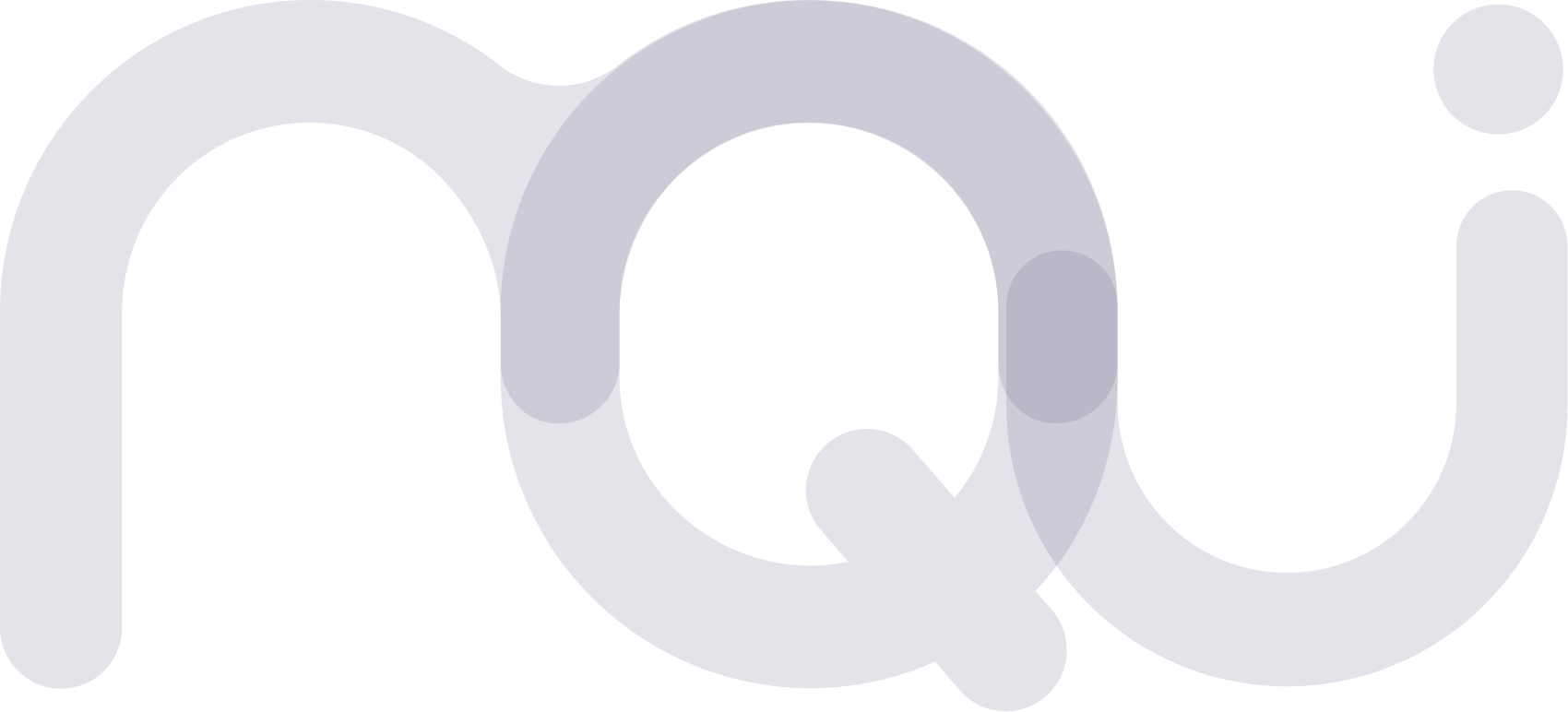
Prototype
Low fidelity
We conducted two low-fidelity prototype iterations with 5 participants in each iteration, after defining the user flow in our application. The objective was to perform usability and concept testing.
We created interactive prototypes for each user flow. During the tests, participants performed various activities and exercises in our prototype, providing us with initial feedback, identifying blockers and improvement ideas that we implemented in the next prototype phase.
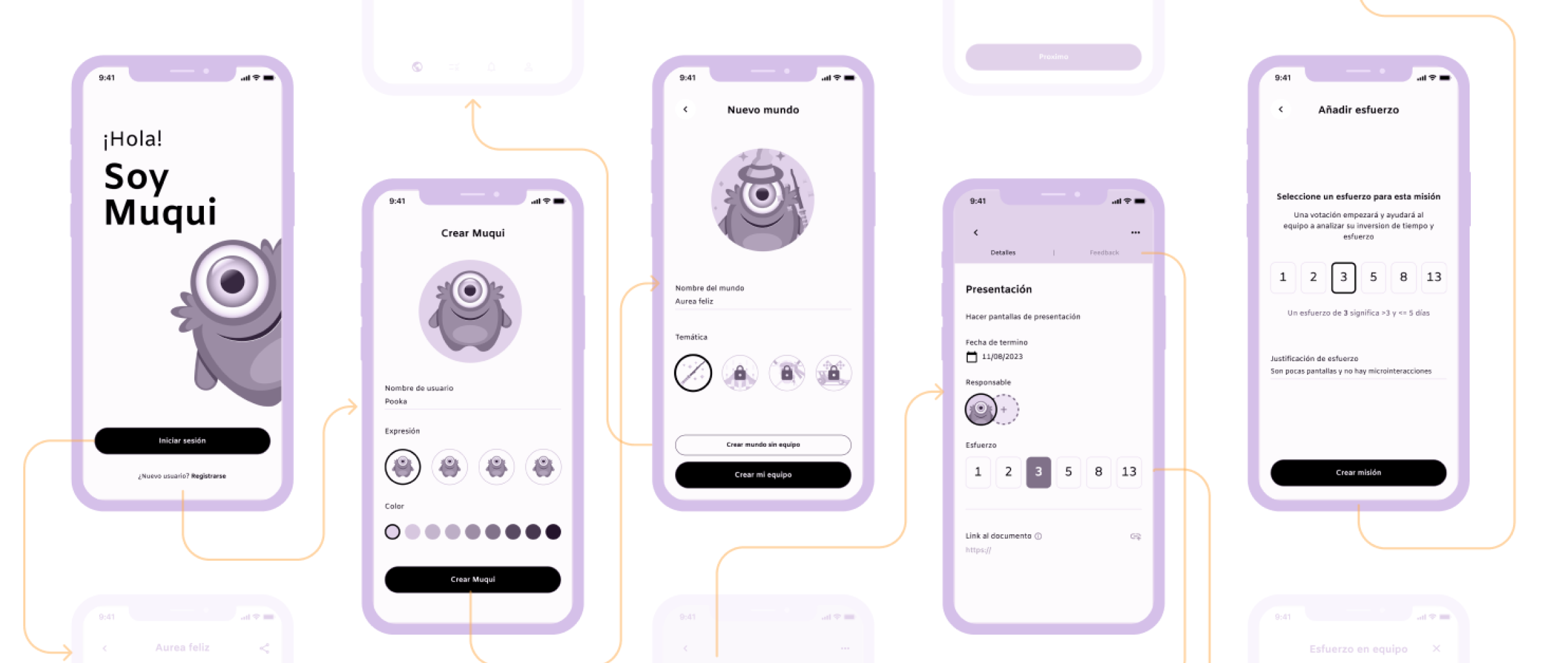
High fidelity
After completing the low-fidelity prototype, we moved on to building the high-fidelity solution. The objective of this model is to show the solution as close to reality as possible. We started using pre-built UI elements and organically began creating and adapting our own UI Kit in the prototype, which we will see later.
The iterations consisted of a guerrilla-style test and a UX writing design critique where in both cases we captured the reactions, comments, and suggestions from the interviewees to apply to our next prototyping stage, the final product.
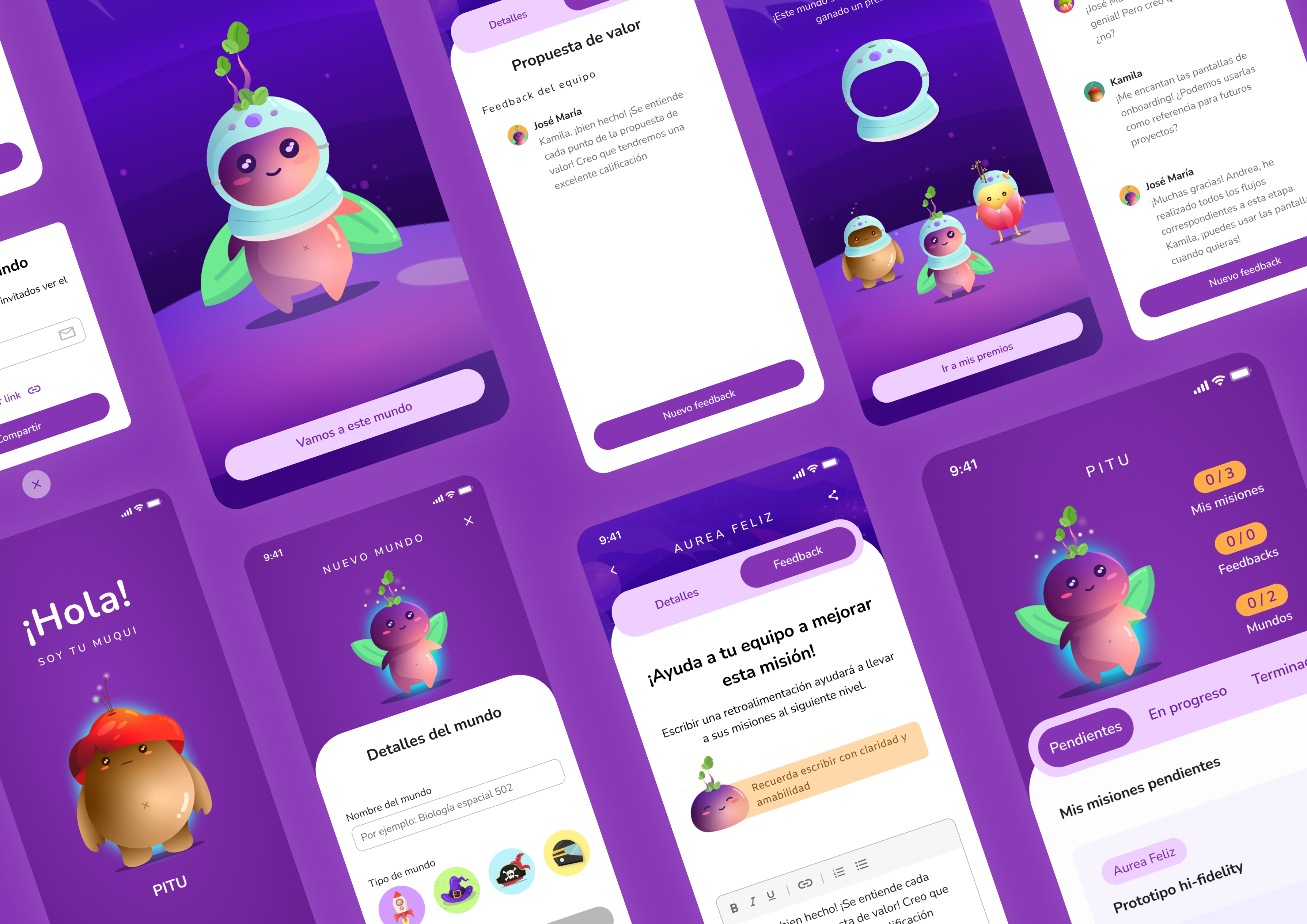
UI Toolkit
In our project, we developed a style guide to ensure visual consistency. We opted for organic shapes that convey adaptability, unity, movement, globality, and reliability, avoiding the coldness of rectangular forms. Regarding colors, we chose purple for its association with fantasy and creativity, complemented by soft tones that evoke sensitivity and empathy.
Following the atomic design methodology, we identified, prioritized, and created atoms, molecules, and organisms elements. This way, we created a guide of +50 scalable and reusable component symbols.
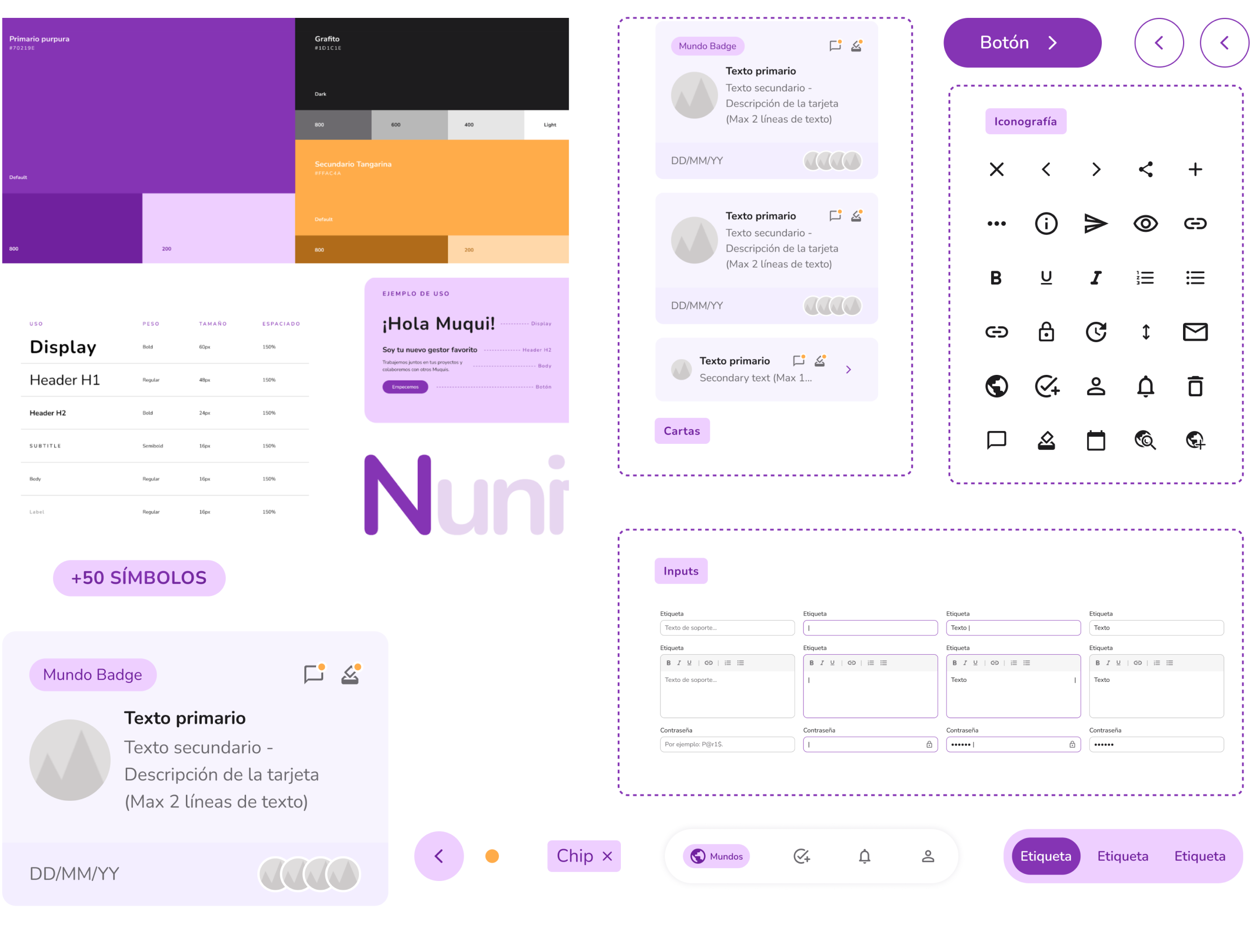
Result
Muqui is a team project management tool that encourages collaboration in a virtual environment. It facilitates task management and promotes assertive communication between team members.
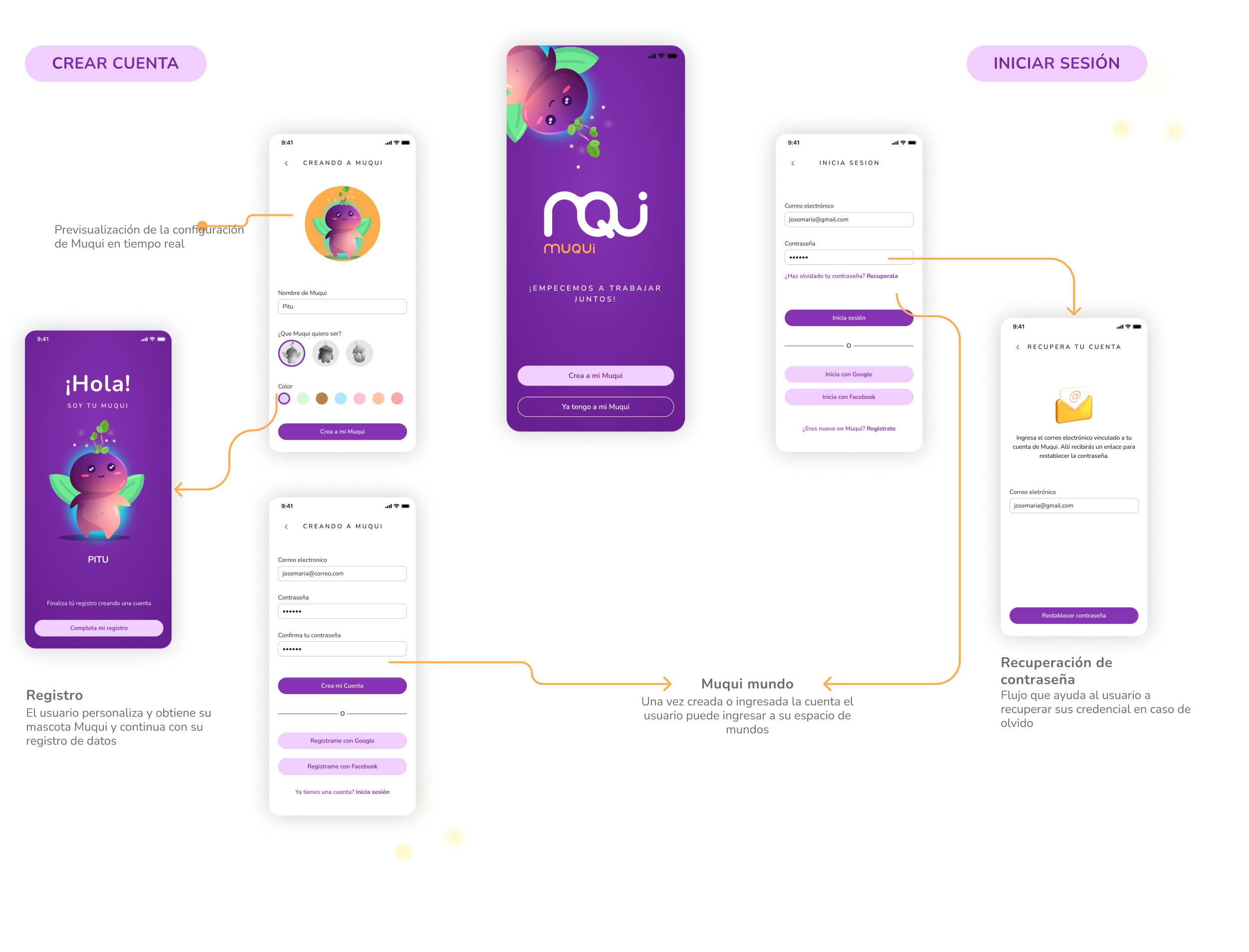
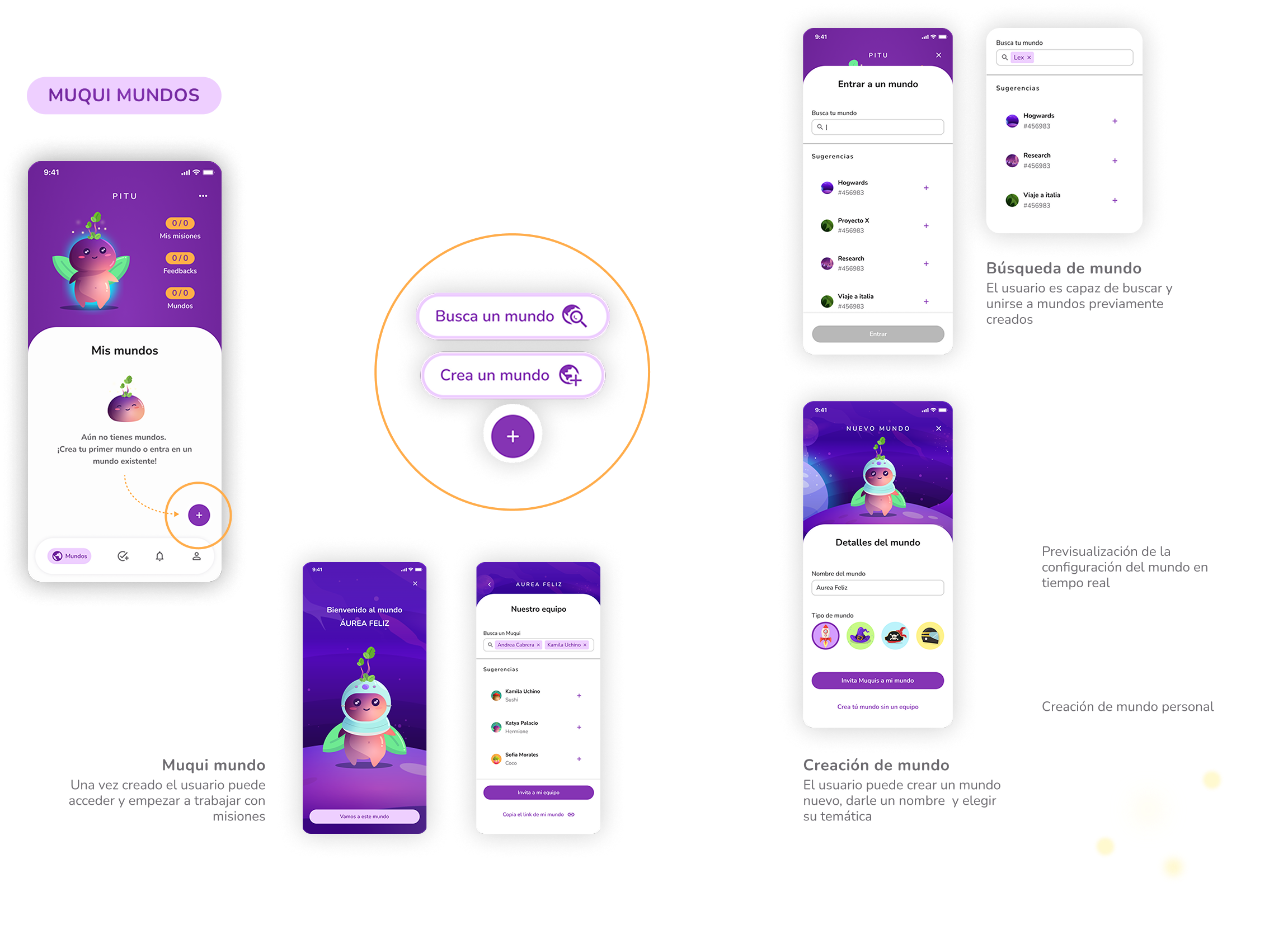
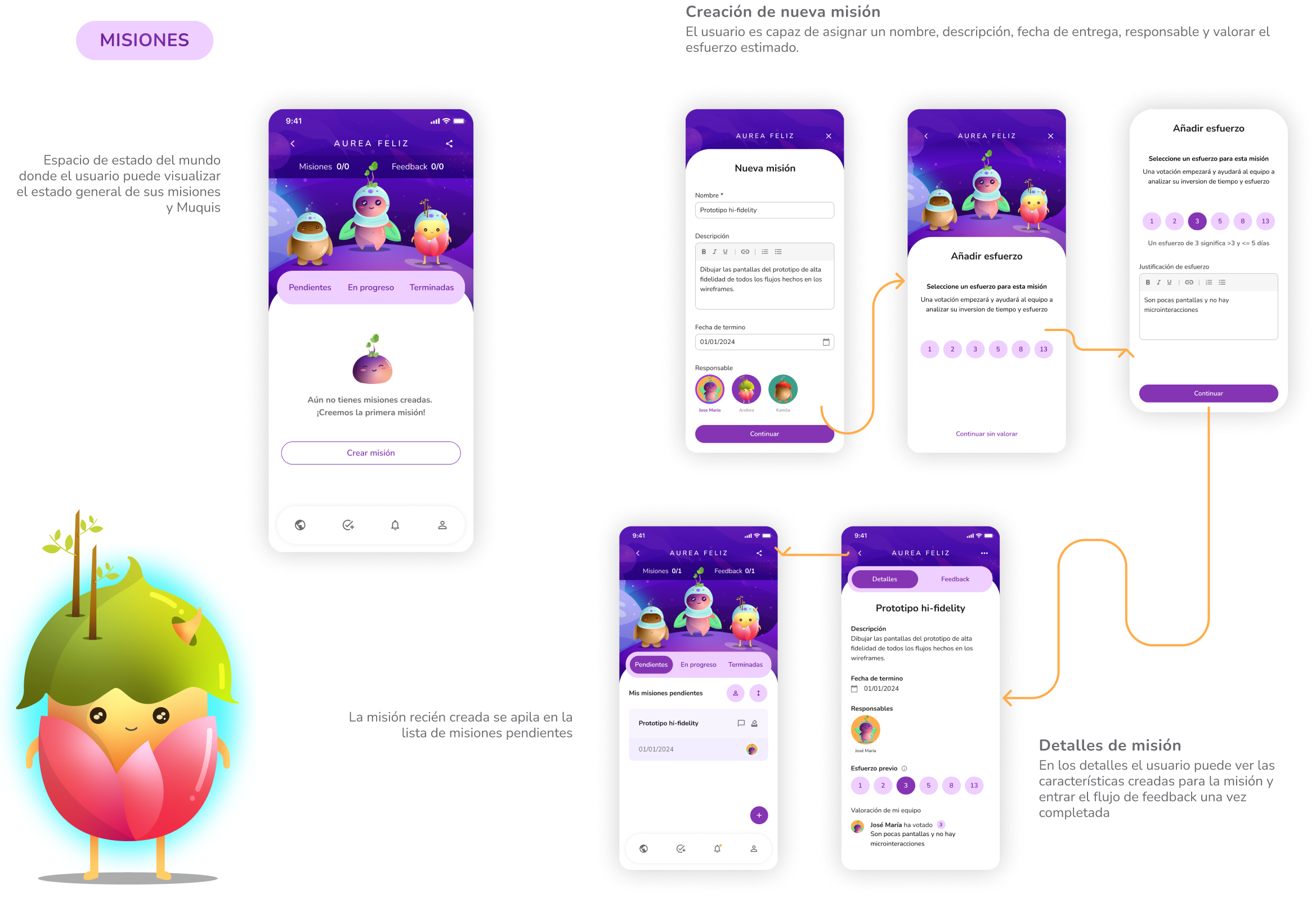
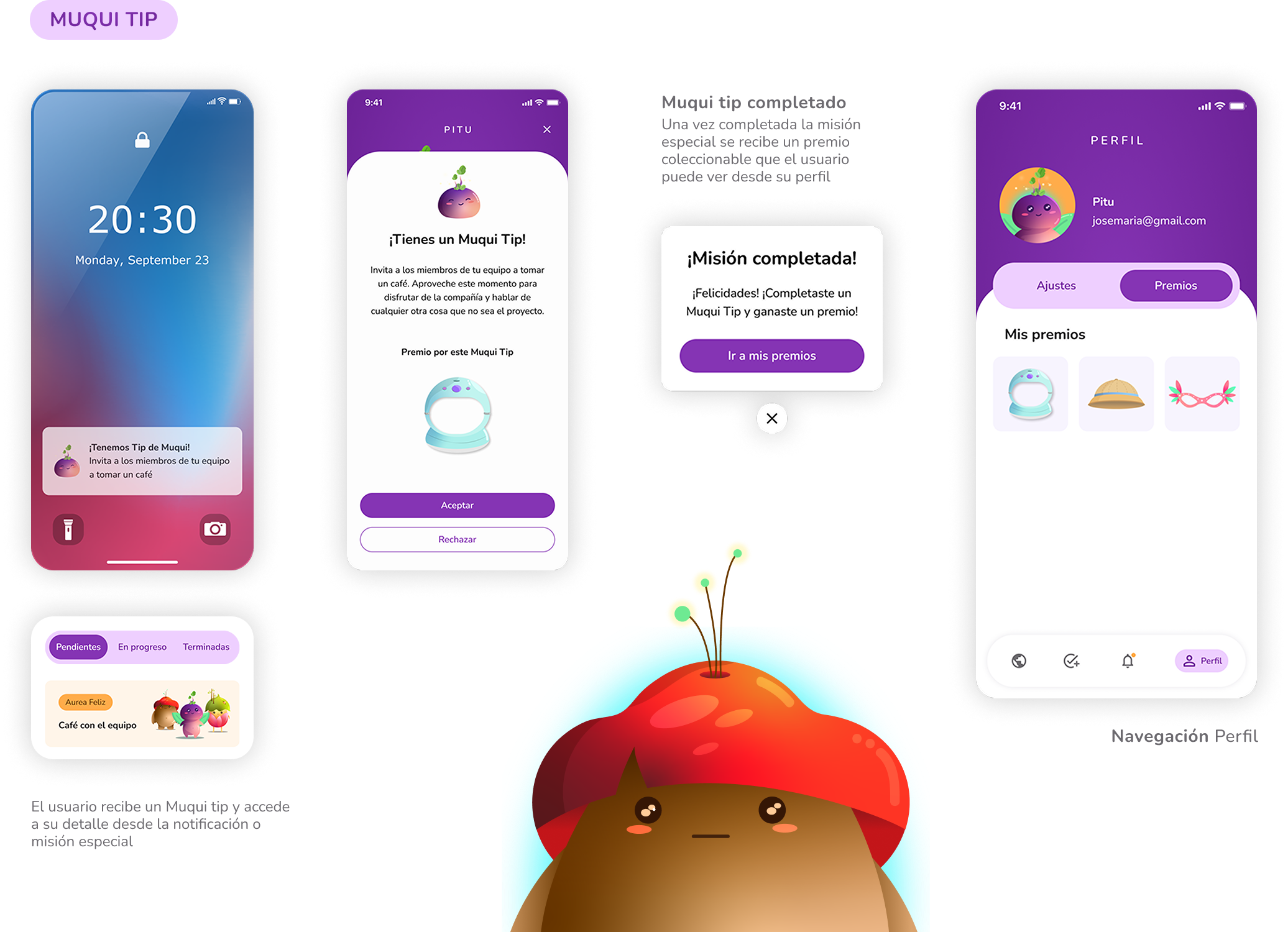
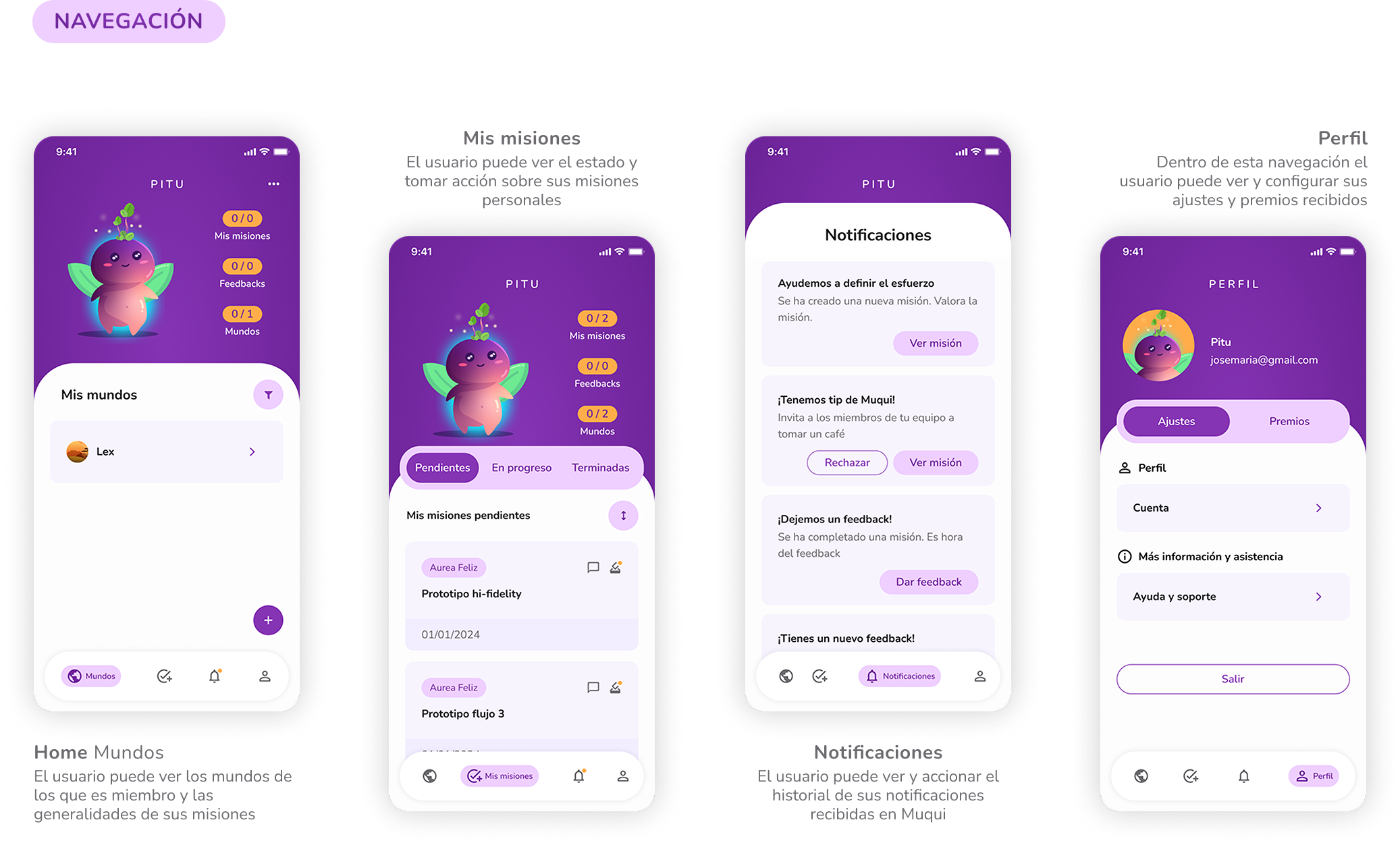

This was a student project for the Master in User Experience and Interface Design from Escola Superior de Disseny ESDi. All members contributed equally to all parts of the project.
Kamila Uchino✧Katia Palacio✧Andrea Cabrera✧Sofia Morales